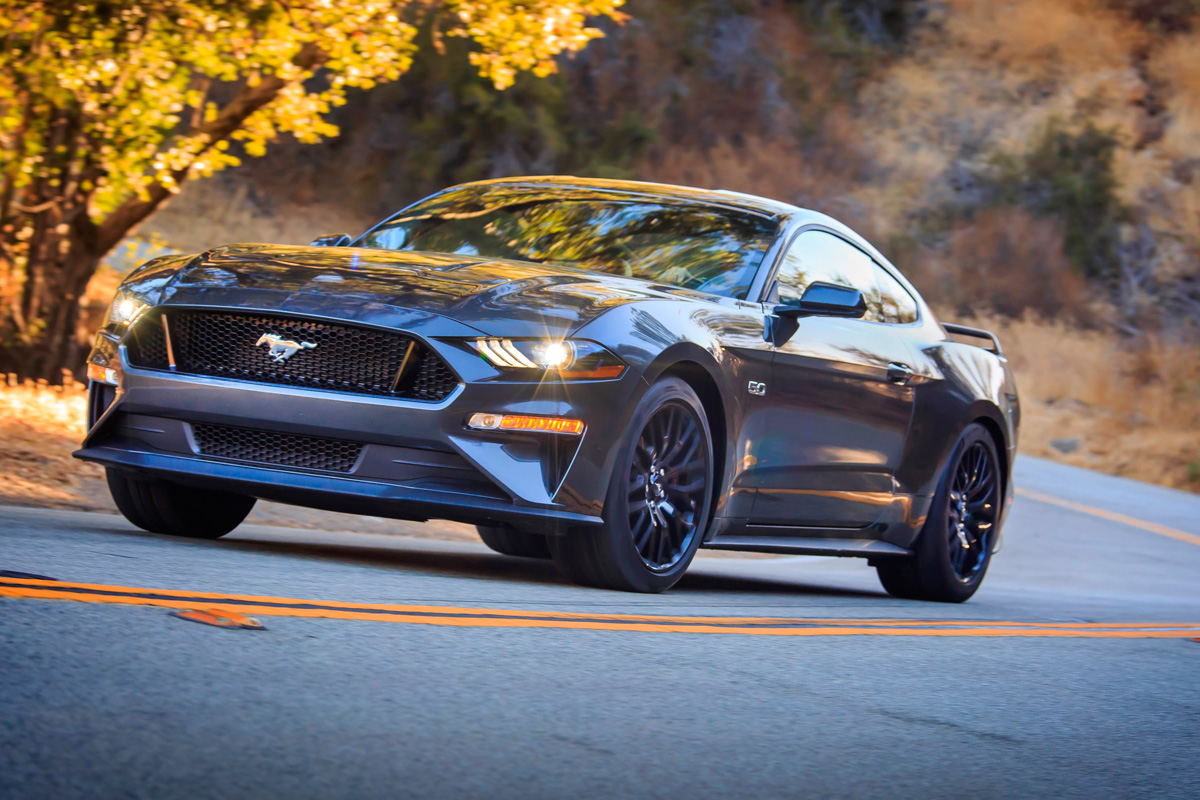Ford is one of America’s most iconic automakers, with a reputation built on everything from rugged trucks to sporty Mustangs.
However, not all Fords are created equal when it comes to reliability and warranty usage. Some models breeze through their early years with barely a dealership visit, while others seem to activate every clause in the warranty book.
For U.S. buyers considering a new or certified pre-owned Ford, understanding which vehicles are more dependable can save serious headaches and money.
Here’s a look at 5 Ford models that rarely need warranty work and 5 that seem to use every claim available.
Fords That Rarely Need Warranty Work
For all the jokes and jabs Ford has taken over the years, some of its vehicles quietly outperform expectations especially when it comes to staying out of the service bay.
These are the Fords that rarely see a dealership for warranty work, thanks to solid engineering, proven components, and fewer factory defects right out of the gate. Whether you’re buying new or eyeing a lightly used model, this article breaks down the Fords that hold strong during the warranty window and often long after.
1. Ford F-150 (3.5L EcoBoost – 2021 and up)
The F-150 is Ford’s best-selling model for good reason and newer models equipped with the 3.5L EcoBoost engine have been standouts for reliability.
Ford has ironed out early turbocharging issues, and owners report smooth performance, strong towing capabilities, and very few trips to the dealership for major repairs during the warranty period.
Consumer Reports and J.D. Power reliability scores have improved steadily, especially for trims with less tech-heavy interiors. Ford has named the new hybrid powertrain “PowerBoost.” It pairs the available turbocharged 3.5-liter V6 engine with a hybrid system to deliver a compelling combination of robust performance and improved fuel efficiency.
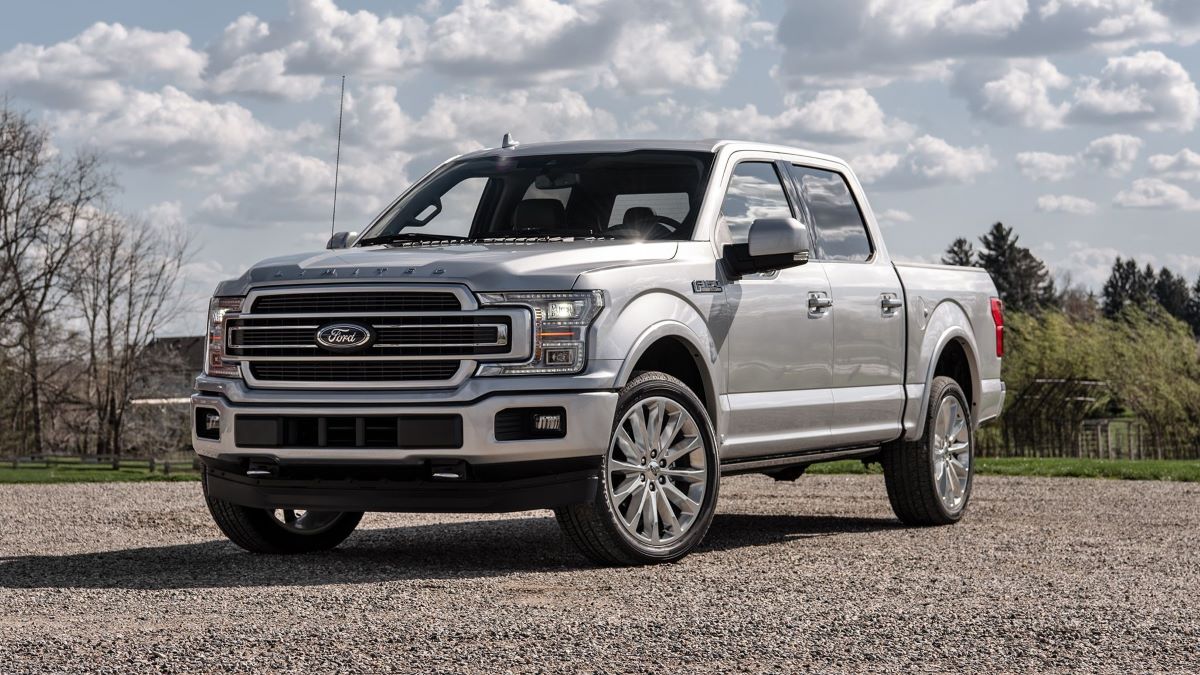
Also debuting for 2021 is the Pro Power Onboard system, which essentially transforms the F-150 into a mobile power source. Whether you’re parked or on the move, this onboard electric generator can run tools and appliances with ease. While it’s available with the F-150’s traditional gas engines, it really shines when mated to the hybrid setup, delivering up to a class-leading 7,200 watts of power.
Of course, one of the F-150’s strongest selling points remains its vast array of configurations. Whether you need a no-frills work truck, a plush luxury hauler, or a rugged off-roader, Ford offers a variant that caters to your specific needs and budget.
And while the competition from Chevrolet, GMC, and Ram has grown increasingly sophisticated with recent redesigns and innovative new features, the 2021 F-150 makes it clear that Ford isn’t resting on its laurels.
2. Ford Edge (2020–2023)
The Ford Edge has quietly become one of the brand’s most reliable crossovers. With its tried-and-true 2.0L EcoBoost engine and minimal drivetrain complications, the Edge avoids the frequent transmission and infotainment-related complaints that plague some other Ford SUVs.
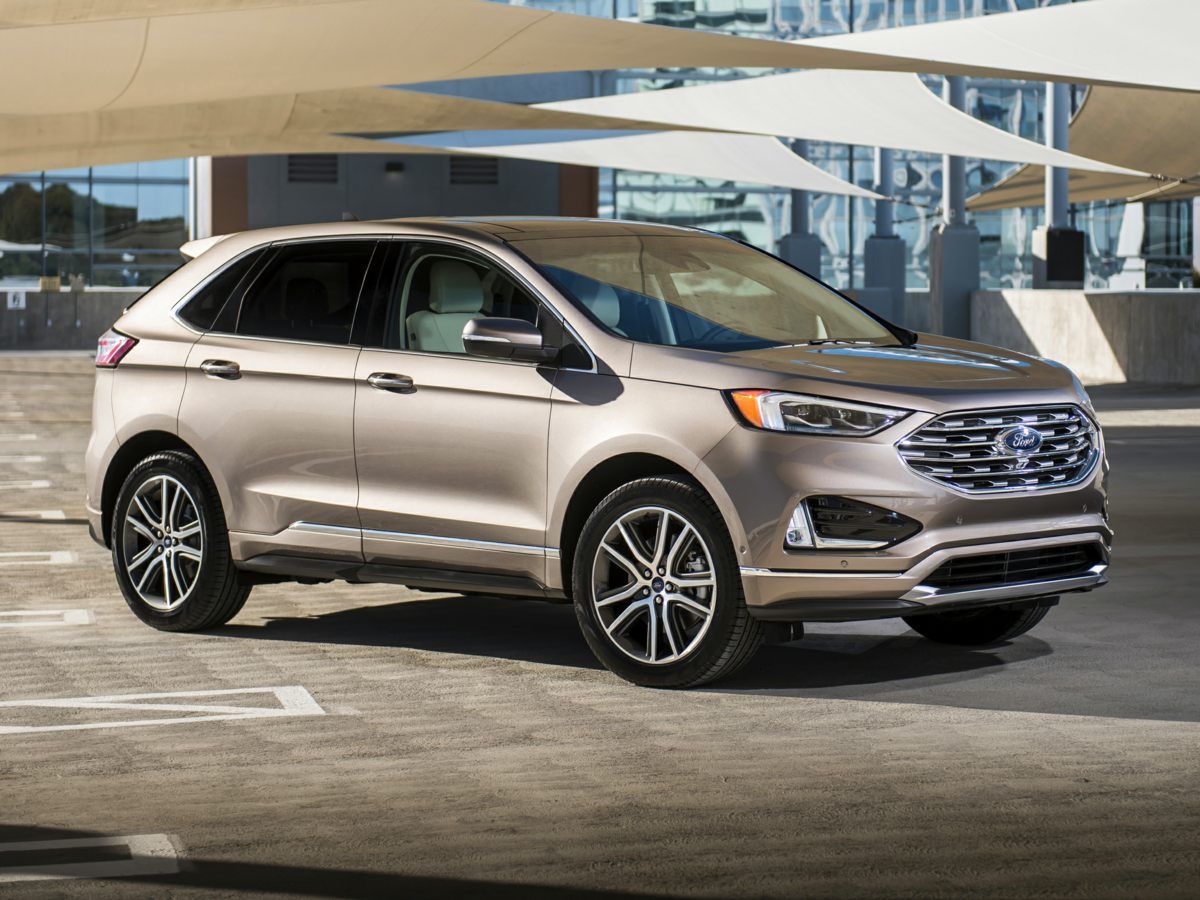
Owners praise the low maintenance requirements and solid build quality, especially on SE and SEL trims. The 2022 Ford Edge is a midsize two-row SUV that fits neatly between the smaller Escape and the larger three-row Explorer in Ford’s lineup.
While the Edge has been around for several years, the 2022 model introduces a handful of updates that help keep it competitive. Most notably, all-wheel drive is now standard across the board, and a new appearance package lets buyers get some of the ST trim’s sporty flair on other models without stepping up to the full performance version.
Inside, Ford has upgraded the infotainment system with a new 12-inch touchscreen display, aligning it with the latest tech found in models like the F-150 and Mustang Mach-E. The result is a cleaner, more modern interface, and in our view, one of the best infotainment setups currently available in any midsize SUV.
3. Ford Expedition (2021–present)
As a full-size SUV, the Expedition could be a warranty nightmare but surprisingly, it isn’t. Its 3.5L EcoBoost V6 has matured well, and while some earlier versions had problems with cam phasers, the 2021 refresh addressed those.
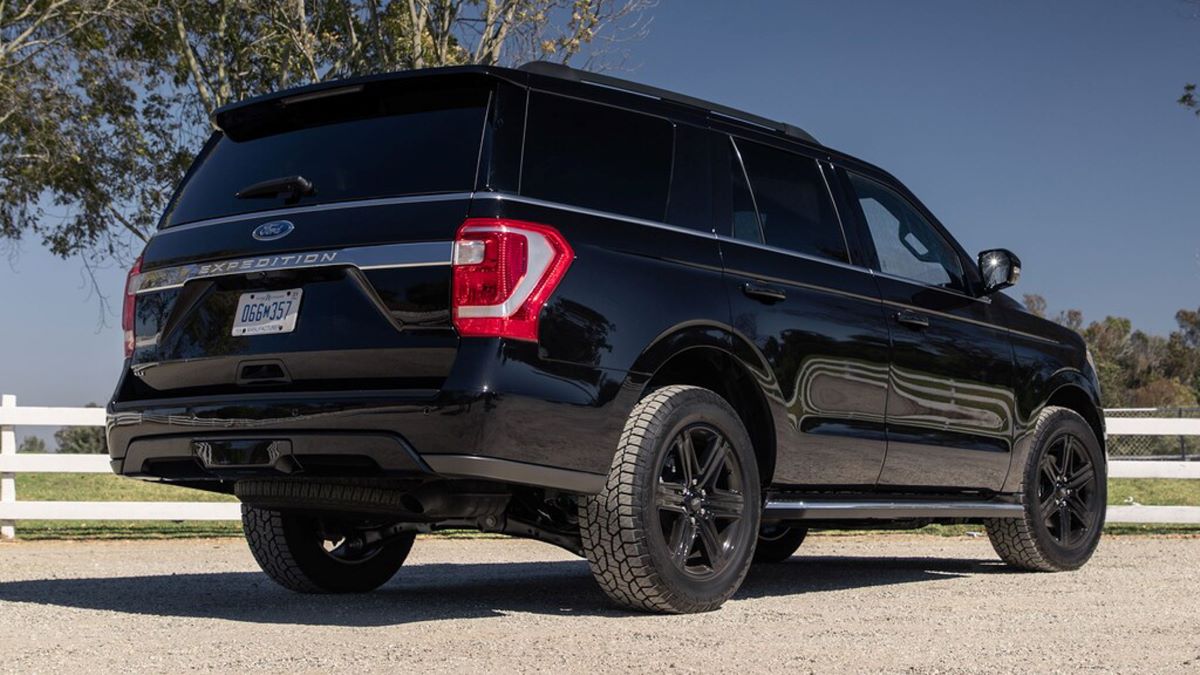
Owners of newer Expeditions report high satisfaction with minimal drivetrain or electrical problems, especially compared to rivals like the Chevy Tahoe or Nissan Armada.
The 2022 Ford Edge is a midsize two-row SUV that fits neatly between the smaller Escape and the larger three-row Explorer in Ford’s lineup. Though the Edge has been on the market for several years, it receives a few notable updates for 2022.
All-wheel drive is now standard across the lineup, and a new appearance package allows lower trims to adopt some of the sporty ST model’s aggressive styling cues. Inside, the Edge gains an updated infotainment system featuring a large 12-inch touchscreen, aligning it more closely with newer Ford models like the F-150 and Mustang Mach-E. In our view, Ford’s latest infotainment setup is among the best in the business.
4. Ford Mustang GT (2018–2023)
The naturally aspirated 5.0L Coyote V8 has proven to be a robust and low-maintenance engine. Despite the Mustang’s sporty nature, owners report few warranty issues transmissions, suspension, and electrical systems have been largely reliable in GT trims.
The simpler drivetrain compared to the EcoBoost version helps limit complexity and warranty-related visits. The Mustang GT is one of those cars that hardly needs an introduction.
If you’re a car-obsessed kid, you’ll be snapping photos before the engine’s even cooled. If you’re at a Cars and Coffee event and value your safety, you might want to back away slowly.
No matter the setting, the formula remains iconic: a burly V8 up front, a heavy dose of power sent to the rear wheels, and a cockpit that feels like a war room, despite being packed with cutting-edge tech and modern engineering nearly two decades into the 21st century.
Today’s Mustang is more refined and powerful than ever before. It boasts a well-balanced chassis, a punchy turbocharged four-cylinder base engine, and a potent V-8 for those craving more muscle. Whether you’re cruising down the coast in a convertible or lighting up the rear tires in a performance-tuned coupe, the Mustang delivers personality and thrilling capability in equal measure.
For 2018, the Mustang receives a suite of important updates. A revised exterior gives it a sharper, more modern look, while performance enhancements across the board raise the bar. The previously available V-6 engine has been discontinued, leaving the turbocharged 2.3-liter inline-four as the base powerplant.
The 5.0-liter V-8 in GT models has been retuned to deliver more horsepower and torque. Buyers also now have the option of a 10-speed automatic transmission. Additional new features include expanded active safety tech, a 12.0-inch digital instrument cluster, and an available adaptive suspension system.
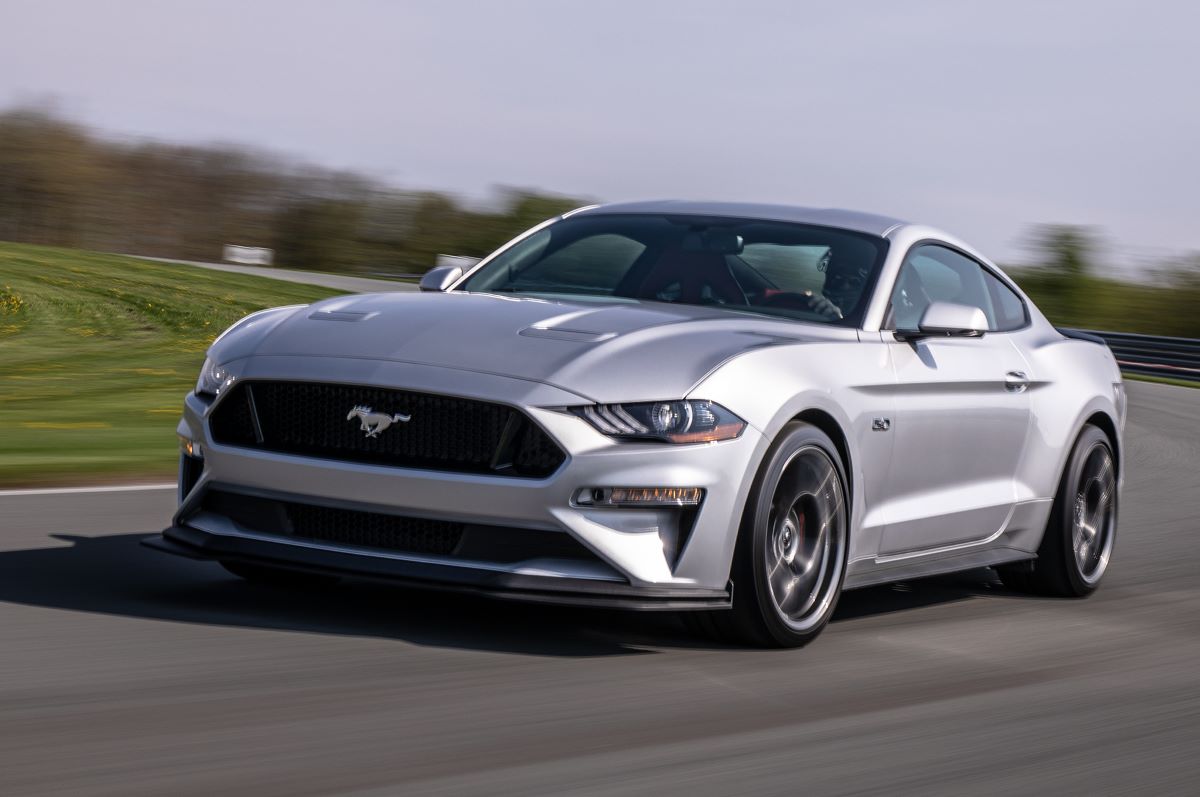
The base EcoBoost engine is a 2.3-liter turbocharged inline-four producing 310 horsepower and 350 lb-ft of torque, enough to embarrass older V-8 Mustangs.
For even more grunt, GT models come equipped with a 5.0-liter V-8 that pumps out 460 horsepower and 420 lb-ft of torque. Both engines are impressively smooth and pair with either a standard six-speed manual transmission or an available 10-speed automatic.
Unfortunately, the 10-speed can be inconsistent, occasionally fumbling gear changes, especially in Sport mode. While the V-8 Mustang edges out the Chevrolet Camaro SS in horsepower, it trails by 35 lb-ft in torque. Still, even with the smaller engine, the Mustang’s updated chassis and independent rear suspension provide a composed and comfortable ride.
It delivers the agility and grip expected of a modern sports car. Performance-enhancing packages raise the bar even higher with features like stiffer adaptive dampers, upgraded brakes, and improved wheels and tires for track-day readiness.
Inside, the Mustang blends retro charm with modern functionality. Its cabin design pays homage to classic Mustangs while incorporating contemporary materials and features. Premium amenities like heated and ventilated front seats are available, but some cheap plastics and a cramped rear seat detract from the experience.
Still, it’s a marked improvement over the previous generation. For buyers who prioritize support and sportiness, optional Recaro front sport seats offer a snug fit with minimal adjustability. Despite its high-performance nature, the Mustang proves practical for daily driving thanks to useful interior storage solutions and an impressive amount of cargo space.
5. Ford Transit Connect (2019–2022)
Though small commercial vans are often abused, the Transit Connect holds up remarkably well under normal usage. Its modest 2.0L or 2.5L engines are simple and proven.
Fleet owners especially note the lack of major warranty claims mechanically, it’s one of the most dependable vehicles in Ford’s commercial lineup.
The 2020 Ford Transit Connect is a versatile small van available in two body styles, three trims, and two wheelbase lengths, making it easy to configure for either business or personal use.
The short-wheelbase version seats five, while the long-wheelbase model accommodates up to seven passengers. At the top Titanium trim, you’ll find available upgrades like leather upholstery, rear climate controls, and a touchscreen navigation system.
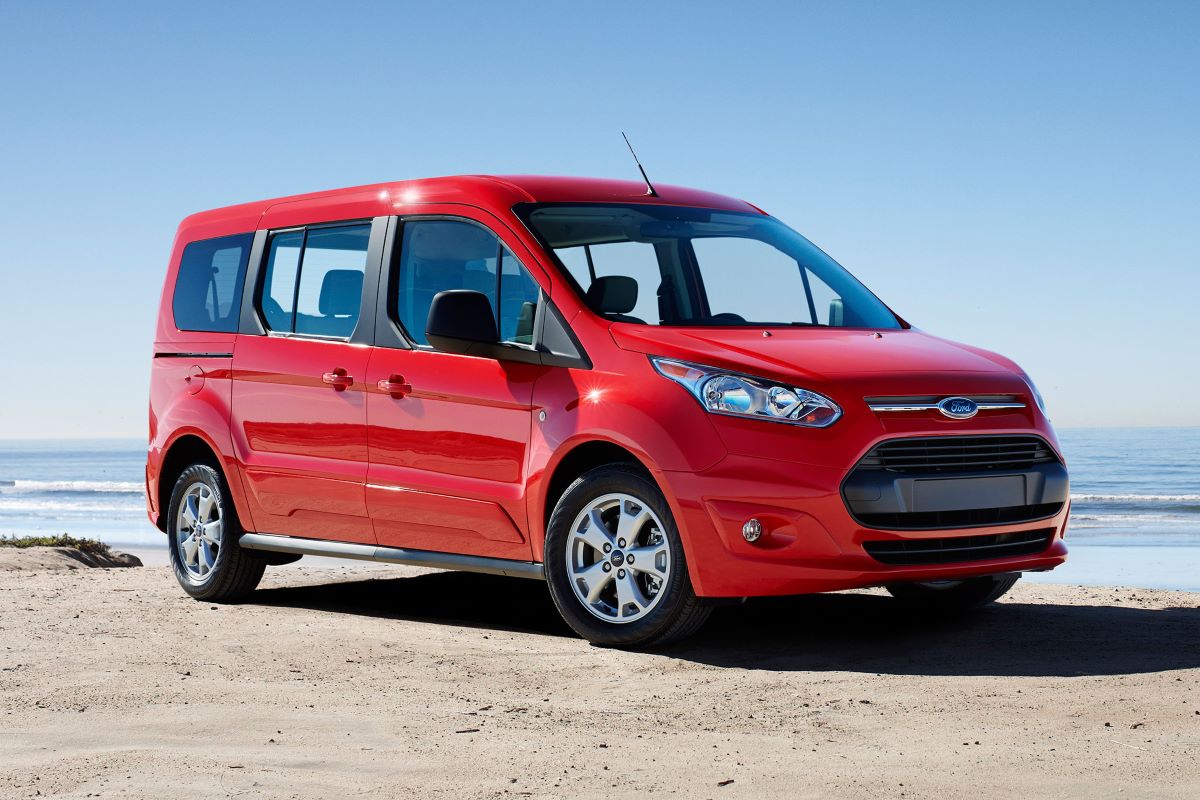
Power comes from a standard four-cylinder engine, not one of Ford’s punchier EcoBoost options, but it’s sufficient for city driving and light-duty hauling.
For 2020, Ford added more standard tech to simplify life behind the wheel. Features like rain-sensing wipers, automatic headlights, a rearview camera, forward collision warning, and automatic emergency braking are now included. The Co-Pilot360 suite of driver aids is standard on XLT and Titanium trims, and available on the base XL.
Visually, the Transit Connect breaks from the typical boxy van mold with a more refined, car-like look. Inside, it features supportive front seats and a clean, modern cabin layout.
While it’s not quite a substitute for a traditional family minivan, the Transit Connect delivers a smart compromise between passenger comfort and cargo-hauling capability. For heavier-duty needs, though, the larger Ford Transit Van is the better choice.
Fords That Use Every Claim
Not every Ford rolls off the line ready to go the distance. Some models rack up warranty claims like it’s a badge of honor, leaving owners frustrated, service departments busy, and confidence shaken.
Whether it’s recurring transmission problems, electrical gremlins, or nagging fit-and-finish issues, these Fords have earned a reputation for using just about every inch of their warranty coverage. In this article, we spotlight the models most likely to end up back at the dealership and why some buyers wish they’d read the fine print.
1. Ford Explorer (2020–2022)
The Explorer’s recent redesign brought in fresh tech but also a flood of reliability concerns. Owners have reported persistent transmission issues, software glitches, HVAC failures, and rattles in the cabin.
Many have had to make multiple warranty claims within the first 36 months. The plug-in hybrid variant, available in limited markets, has also struggled with software stability.
The 2020 Ford Explorer offers a range of powertrains to match different driving styles and performance needs. Base, XLT, and Limited trims are powered by a turbocharged 2.3-liter four-cylinder engine producing 300 horsepower, plenty of thrust for daily driving and highway cruising.
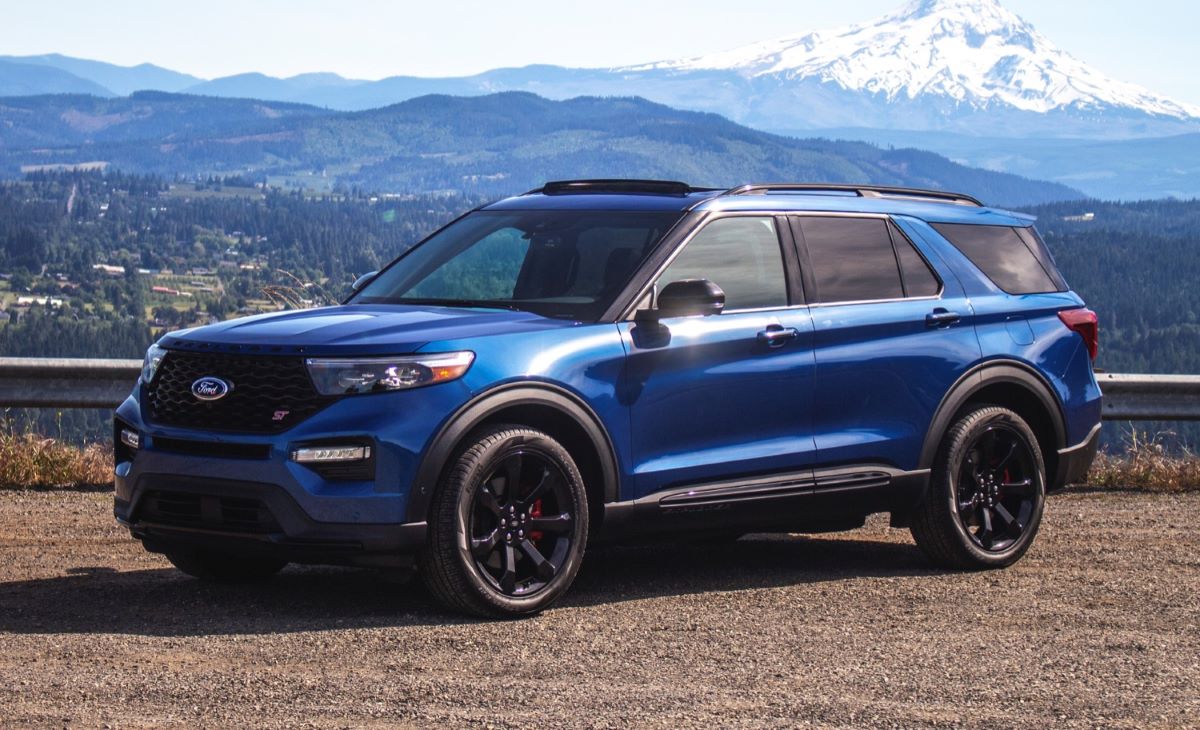
New for 2020 is a hybrid variant, combining a 3.3-liter V6 with an electric motor to generate a combined 318 horsepower. This powertrain not only improves efficiency but also contributes to the Explorer’s maximum towing capacity of up to 5,600 pounds when properly equipped.
Underpinning the entire lineup is a new rear-wheel-drive platform, a departure from the previous front-wheel-drive architecture. All-wheel drive remains available across all trims, and every model comes equipped with a 10-speed automatic transmission.
While the standard Explorer delivers a composed and comfortable ride, it’s not exactly engaging. That distinction belongs to the ST model, which stands out with its sharper handling, stiffer suspension, and more aggressive overall performance, offering a true SUV experience for driving enthusiasts.
2. Ford Escape Hybrid (2020–2023)
The Escape Hybrid promised Prius-like efficiency but delivered a mixed bag when it came to dependability. Common warranty issues include brake system problems, battery management software malfunctions, and electrical gremlins.
Several recalls added to owners’ frustration. Early adopters were especially impacted, requiring repeated dealership visits. To stay competitive against rivals like the Honda CR-V Hybrid and Toyota RAV4 Hybrid, the Ford Escape Hybrid comes equipped with two electrified powertrain options. The base configuration features a 2.5-liter four-cylinder engine working in conjunction with two electric motors to generate a total output of 192 horsepower.
It comes standard with front-wheel drive and a continuously variable automatic transmission (CVT), though all-wheel drive is available as an upgrade. For those wanting a bit more power and electric-only driving flexibility, there’s also a plug-in hybrid variant.
This version uses a more robust electric motor to deliver a combined 210 horsepower, but it is only available with front-wheel drive. When it comes to driving dynamics, both setups offer competent, though ultimately uninspiring, handling. Enthusiastic drivers won’t find much to get excited about on winding roads, but commuters in search of a smooth, comfortable ride will find plenty to appreciate.

In performance testing, the Escape Hybrid equipped with the standard powertrain reached 60 mph in 7.7 seconds, a result that places it behind both the Honda and Toyota hybrid alternatives.
Interestingly, the plug-in hybrid version posted an identical 7.7-second 0–60 time. That figure falls notably short when compared to the Toyota RAV4 Prime plug-in hybrid, which rockets to 60 mph in just 5.6 seconds, thanks to its much more powerful 302-horsepower setup.
3. Ford Bronco Sport (2021–2023)
Although based on the Escape, the Bronco Sport has had its share of growing pains.
Owners frequently cite issues with the 3-cylinder engine (such as oil leaks or timing belt concerns), along with faulty sensors, infotainment bugs, and fit-and-finish complaints. While many of these are covered under warranty, the volume of issues results in regular dealership visits.
The reimagined Ford Bronco marks a major development in the Blue Oval’s lineup, after more than 20 years, Ford loyalists are finally treated to the return of a rugged, body-on-frame off-roader designed to take on the Jeep Wrangler head-to-head.
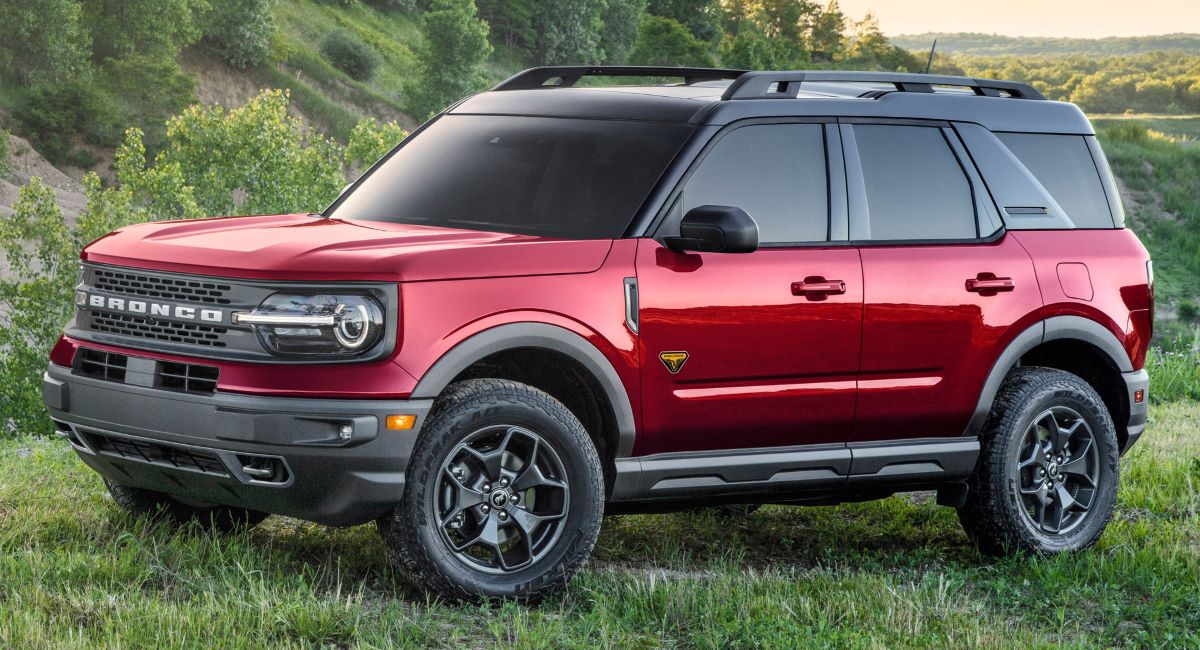
Now meet the 2021 Ford Bronco Sport. While it shares underpinnings with the compact Ford Escape, the Bronco Sport strives to blend the Bronco’s rugged persona with the everyday practicality and fuel efficiency typical of a crossover SUV.
It manages to hold its ground off-road, thanks to standard all-wheel drive, generous ground clearance, multiple traction control modes, and a host of optional enhancements aimed at boosting off-road capability.
4. Ford Focus (2012–2018)
Although no longer in production in the U.S., used Focus models especially those with the PowerShift dual-clutch automatic transmission have been the subject of widespread warranty claims and even lawsuits.
Clutch shudder, software bugs, and outright transmission failures were common, with many owners maxing out their warranty coverage just to keep the car drivable.
Powering the front-wheel-drive 2012 Ford Focus is a newly developed 2.0-liter inline four-cylinder engine that delivers 160 horsepower and 146 pound-feet of torque.
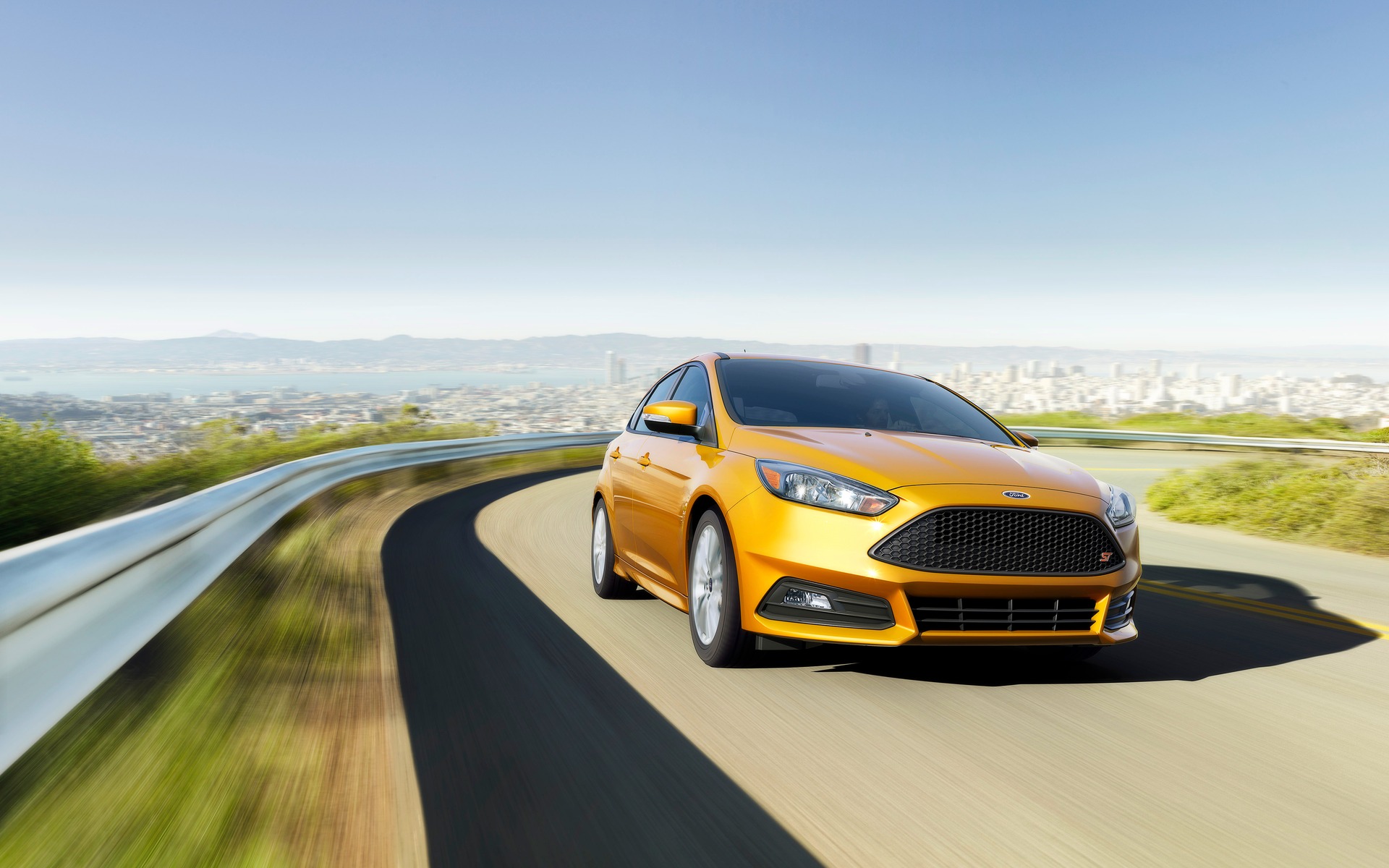
Base S and SE trims come equipped with a standard five-speed manual transmission, while the SEL and Titanium models feature Ford’s “Powershift” six-speed automatic, a dual-clutch automated manual. This automatic transmission is also available as an option on the S and SE trims.
Opting for the manual transmission improves that time slightly to 8.3 seconds. According to EPA estimates, fuel economy for the manual comes in at 26 mpg city, 36 mpg highway, and 30 mpg combined. The automatic is rated at 28/38/31 mpg.
The Focus Electric sends power to the front wheels via a single-speed direct-drive transmission. Ford estimates a driving range of approximately 76 miles per charge, though real-world results will vary based on driving behavior and conditions. When connected to a 240-volt home charging unit, Ford claims the battery can be fully recharged in just 4 hours.
5. Ford Fiesta (2011–2019)
Like the Focus, the Fiesta was plagued by PowerShift transmission woes. Despite being marketed as a budget-friendly commuter, it ended up becoming one of Ford’s most recalled vehicles during its time in the U.S.
Nearly every long-term owner has a story involving warranty claims for jerky shifting, clutch replacements, or failed sensors.
The 2011 Ford Fiesta represents the Blue Oval’s reentry into the subcompact segment in the U.S. after more than a decade-long absence. Its previous contender, the Ford Aspire, was discontinued in 1997 following disappointing sales.
For American buyers, the newly introduced Fiesta comes in two body styles: a five-door hatchback and a four-door sedan. The sedan was developed specifically to appeal to North American preferences. While only a single engine is available, it delivers adequate power for a vehicle of this size and enables impressive highway fuel economy ranging from 37 to 40 mpg.
Despite its compact dimensions, the Fiesta provides generous space for the driver and front passenger, along with a surprisingly roomy cargo area, especially in hatchback form.
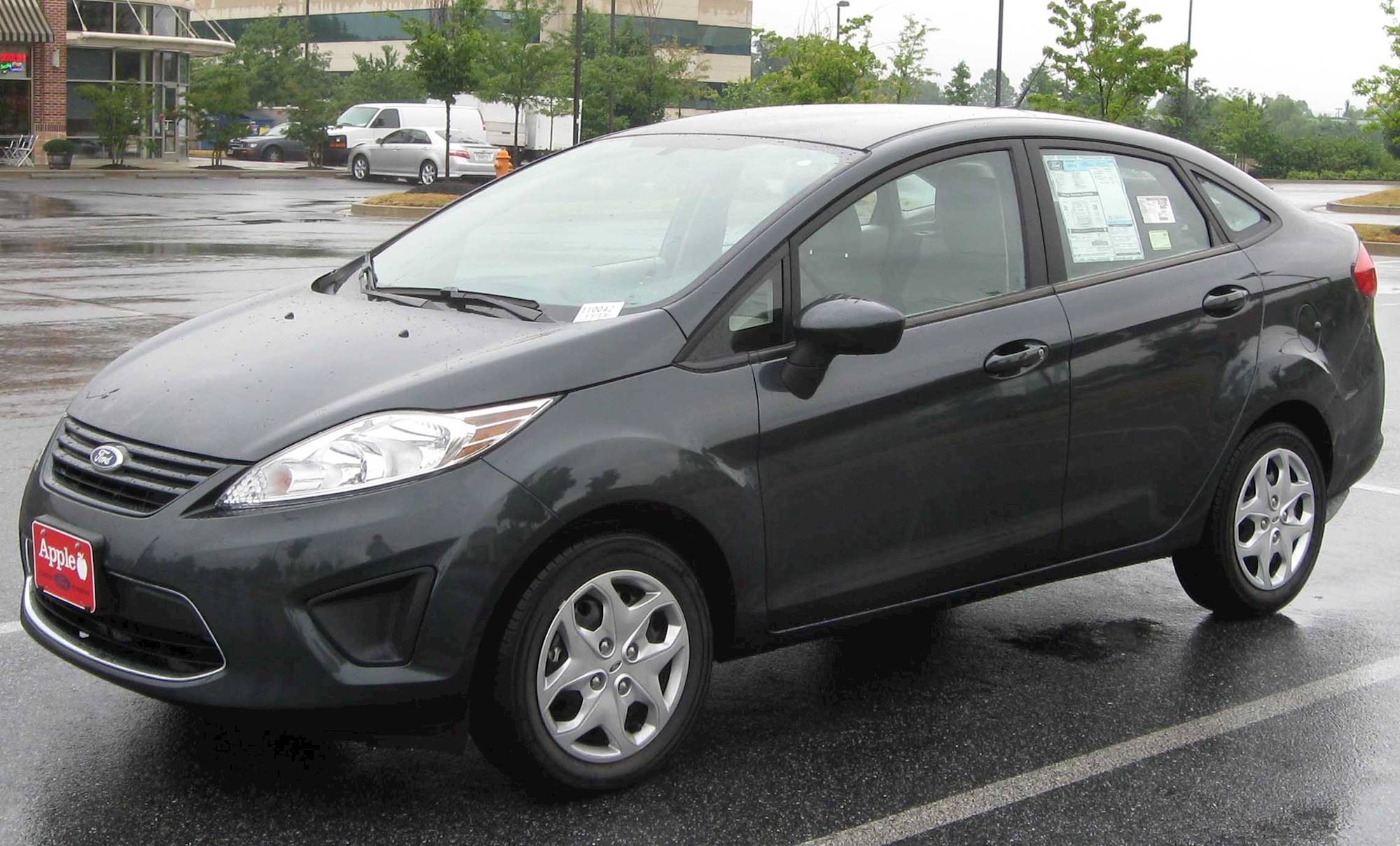
It avoids the “bare bones” reputation often associated with small cars, offering a well-designed interior and a robust list of available features. Though subcompacts have historically struggled to gain traction in the American market, the Fiesta’s mix of appealing design, fuel efficiency, and utility helps it overcome the usual resistance to smaller vehicles.
While 2011 marks the Fiesta’s debut in the U.S., it has been on sale globally since 2008. The sedan version is entirely new, created specifically for the North American market. This is also the first year that the Fiesta is available with Ford’s Sync system, as it has not been offered on international versions.
The Fiesta sedan measures 173.6 inches in length, making it a full 13.5 inches longer than the hatchback model. Entry-level S and SE trims come with 15-inch wheels, while higher-end SEL and SES trims ride on larger 16-inch wheels.
Rear-seat legroom is limited at just 31.2 inches, though the front seats are roomy enough to accommodate taller passengers. The sedan provides 12.8 cubic feet of cargo space, while the hatchback expands that to 26.0 cubic feet with the seats folded.
Powering the Fiesta is a 1.6-liter inline-four that produces 120 horsepower and 112 pound-feet of torque. With a curb weight between 2,500 and 2,600 pounds, the engine delivers performance that feels well-matched to the car’s size.
Being small doesn’t equate to being unsafe, and the Fiesta proves that point with its standard suite of seven airbags, including a driver’s knee airbag. Traction and stability control are also standard, as are Ford’s integrated blind spot mirrors.
Ford has built some impressively reliable vehicles in recent years, but it’s also had its share of engineering missteps especially when experimenting with new technology.
Buyers seeking peace of mind during the warranty period should prioritize well-established powertrains and avoid models with known reliability issues or controversial components (like the PowerShift transmission).
Before buying, always check recall history, warranty coverage specifics, and owner-reported problems via platforms like NHTSA or Consumer Reports. When in doubt, going for a newer F-150, Edge, or Mustang GT might be your safest Ford bet.

